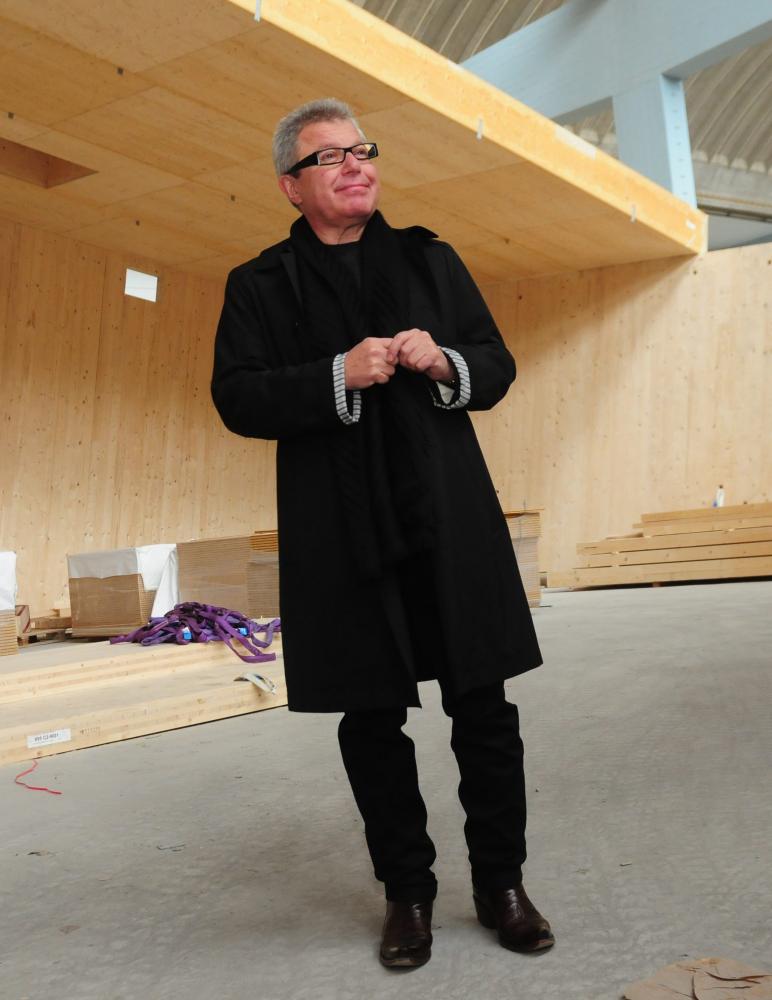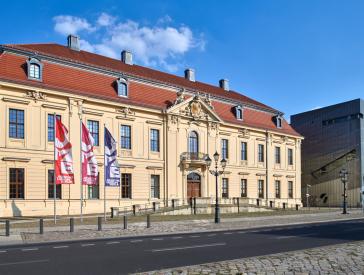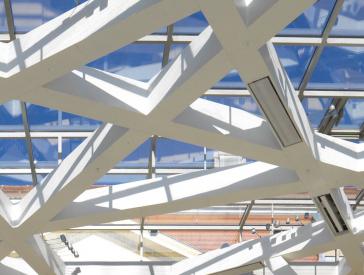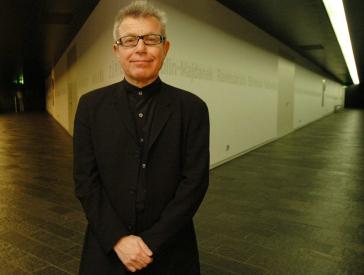Daniel Libeskind
The Architect Who Made Our Museum What It Is
The Jewish Museum Berlin and Daniel Libeskind have a very close relationship. The museum was the first building project by the American architect and urban planner that was actually built, between 1993 and 1999. Conversely, our museum owes its prominence in part to Libeskind’s spectacular design, which has attracted countless visitors from Germany and abroad. Numerous building projects by Daniel Libeskind, such as museums, concert halls, and shopping centers, have since been built throughout the world, including two additional projects for our museum. The courtyard of the baroque Collegienhaus (Old Building) was enclosed in 2007 based on his plans titled “Sukkah” (Hebrew “booth”), and the former wholesale flower market across the street from the museum was rebuilt from 2010 to 2012 as the W. Michael Blumenthal Academy according to Libeskind’s design.
Daniel Libeskind’s Biography
Daniel Libeskind, the son of Shoah survivors, was born in the Polish city of Łódź in 1946. The family emigrated to Israel in 1957 and then moved to the United States in 1960, where Daniel Libeskind became an American citizen. He had started studying music while in Israel, which he continued in the United States before switching to architecture.
Daniel Libeskind had already made a name for himself as an architectural theorist and as the dean of the Architecture Department at the Cranbrook Academy of Art in Bloomfield Hills, Michigan, when in 1989 his design “Between the Lines” won the competition for the “Extension of the Berlin Museum with a Jewish Museum Department.” Consequently, Daniel Libeskind relocated to Berlin with his family for the next thirteen years. In 1999, he was awarded the German Architecture Prize for his design. Libeskind returned to New York in 2003, where he won the competition for the new construction on Ground Zero where the World Trade Center previously stood.
Our Buildings: Daniel Libeskind and the Baroque Era (6)



 X
X







